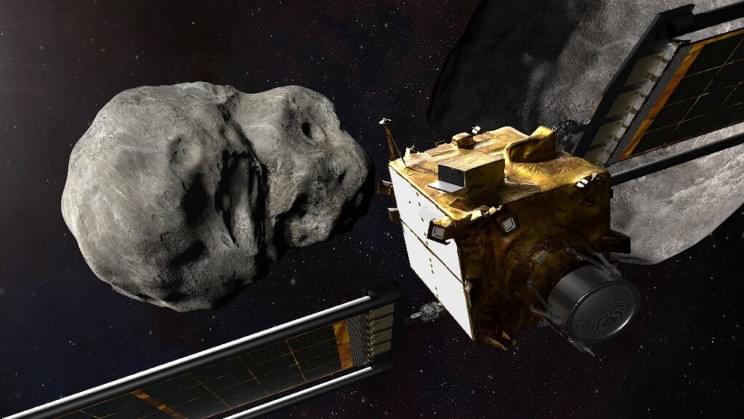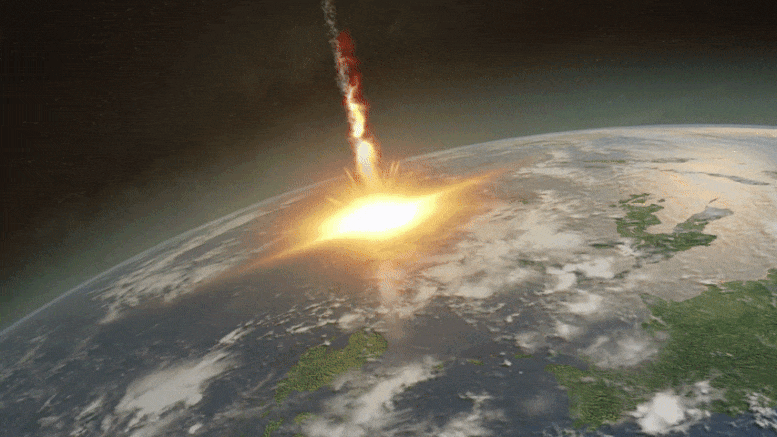Nov 5, 2021
NASA Is Launching Its New DART Spacecraft. To Deflect Asteroids?
Posted by Gemechu Taye in categories: asteroid/comet impacts, existential risks, space travel
In a concept test for an advanced planetary defense solution.
We are vastly unprepared for the event of an impending, potentially civilization-ending asteroid impact. Knowing this, NASA is developing planetary defense solutions to add to its arsenal of space technologies.
One of these technologies, NASA’s DART spacecraft, is scheduled to launch aboard a SpaceX Falcon 9 rocket at 10:20 Pacific time on November 23 a press statement reveals. … See more.


















